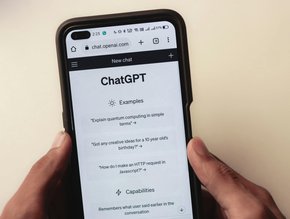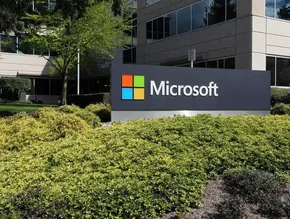Netflix and Uber: getting big data right

Whether we are aware of it or not, we are currently witnessing history being made. Big data is a movement that has the power and the potential to completely transform every aspect of business and society.
From the way we go about our daily lives to the way we treat cancer and protect our society from threats, big data will transform every industry, every aspect of our lives. We can say this with authority because it is already happening.
Some believe big data is a fad, but they could not be more wrong. The hype will fade, and even the name may disappear, but the implications will resonate and the phenomenon will only gather momentum. What we currently call big data today will simply be the norm in just a few years’ time.
Big data refers generally to the collection and utilisation of large or diverse volumes of data. In my work as a consultant, I work every day with companies and government organisations on big data projects that allow them to collect, store, and analyse the ever-increasing volumes of data to help improve what they do.
In the course of that work, I’ve seen many companies doing things wrong — and a few getting big data very right, including Netflix and Uber.
Netflix: Changing the way we watch TV and movies
The streaming movie and TV service Netflix are said to account for one-third of peak-time Internet traffic in the US, and the service now have 65 million members in over 50 countries enjoying more than 100 million hours of TV shows and movies a day. Data from these millions of subscribers is collected and monitored in an attempt to understand our viewing habits. But Netflix’s data isn’t just “big” in the literal sense. It is the combination of this data with cutting-edge analytical techniques that makes Netflix a true Big Data company.
Although Big Data is used across every aspect of the Netflix business, their holy grail has always been to predict what customers will enjoy watching. Big Data analytics is the fuel that fires the “recommendation engines” designed to serve this purpose.
At first, analysts were limited by the lack of information they had on their customers. As soon as streaming became the primary delivery method, many new data points on their customers became accessible. This new data enabled Netflix to build models to predict the perfect storm situation of customers consistently being served with movies they would enjoy.
Happy customers, after all, are far more likely to continue their subscriptions.
Another central element to Netflix’s attempt to give us films we will enjoy is tagging. The company pay people to watch movies and then tag them with elements the movies contain. They will then suggest you watch other productions that were tagged similarly to those you enjoyed.
Netflix’s letter to shareholders in April 2015 shows their Big Data strategy was paying off. They added 4.9 million new subscribers in Q1 2015, compared to four million in the same period in 2014. In Q1 2015 alone, Netflix members streamed 10 billion hours of content. If Netflix’s Big Data strategy continues to evolve, that number is set to increase.
Uber: Disrupting car services in the sharing economy
Uber is a smartphone app-based taxi booking service which connects users who need to get somewhere with drivers willing to give them a ride. Uber’s entire business model is based on the very Big Data principle of crowdsourcing: anyone with a car who is willing to help someone get to where they want to go can offer to help get them there. This gives greater choice for those who live in areas where there is little public transport, and helps to cut the number of cars on our busy streets by pooling journeys.
Uber stores and monitors data on every journey their users take, and use it to determine demand, allocate resources and set fares. The company also carry out in-depth analysis of public transport networks in the cities they serve, so they can focus coverage in poorly served areas and provide links to buses and trains.
Uber holds a vast database of drivers in all of the cities they cover, so when a passenger asks for a ride, they can instantly match you with the most suitable drivers. The company have developed algorithms to monitor traffic conditions and journey times in real time, meaning prices can be adjusted as demand for rides changes, and traffic conditions mean journeys are likely to take longer. This encourages more drivers to get behind the wheel when they are needed – and stay at home when demand is low.
The company have applied for a patent on this method of Big Data-informed pricing, which they call “surge pricing”. This is an implementation of “dynamic pricing” – similar to that used by hotel chains and airlines to adjust price to meet demand – although rather than simply increasing prices at weekends or during public holidays it uses predictive modelling to estimate demand in real time.
Data also drives (pardon the pun) the company’s UberPool service. According to Uber’s blog, introducing this service became a no-brainer when their data told them the “vast majority of [Uber trips in New York] have a look-a-like trip – a trip that starts near, ends near and is happening around the same time as another trip”.
Other initiatives either trialled or due to launch in the future include UberChopper, offering helicopter rides to the wealthy, Uber-Fresh for grocery deliveries and Uber Rush, a package courier service.
These are just two companies using Big Data to generate a very real advantage and disrupt their markets in incredible ways. I’ve compiled dozens more examples of Big Data in practice in my new book of the same name, in the hope that it will inspire and motivate more companies to similarly innovate and take their fields into the future.






